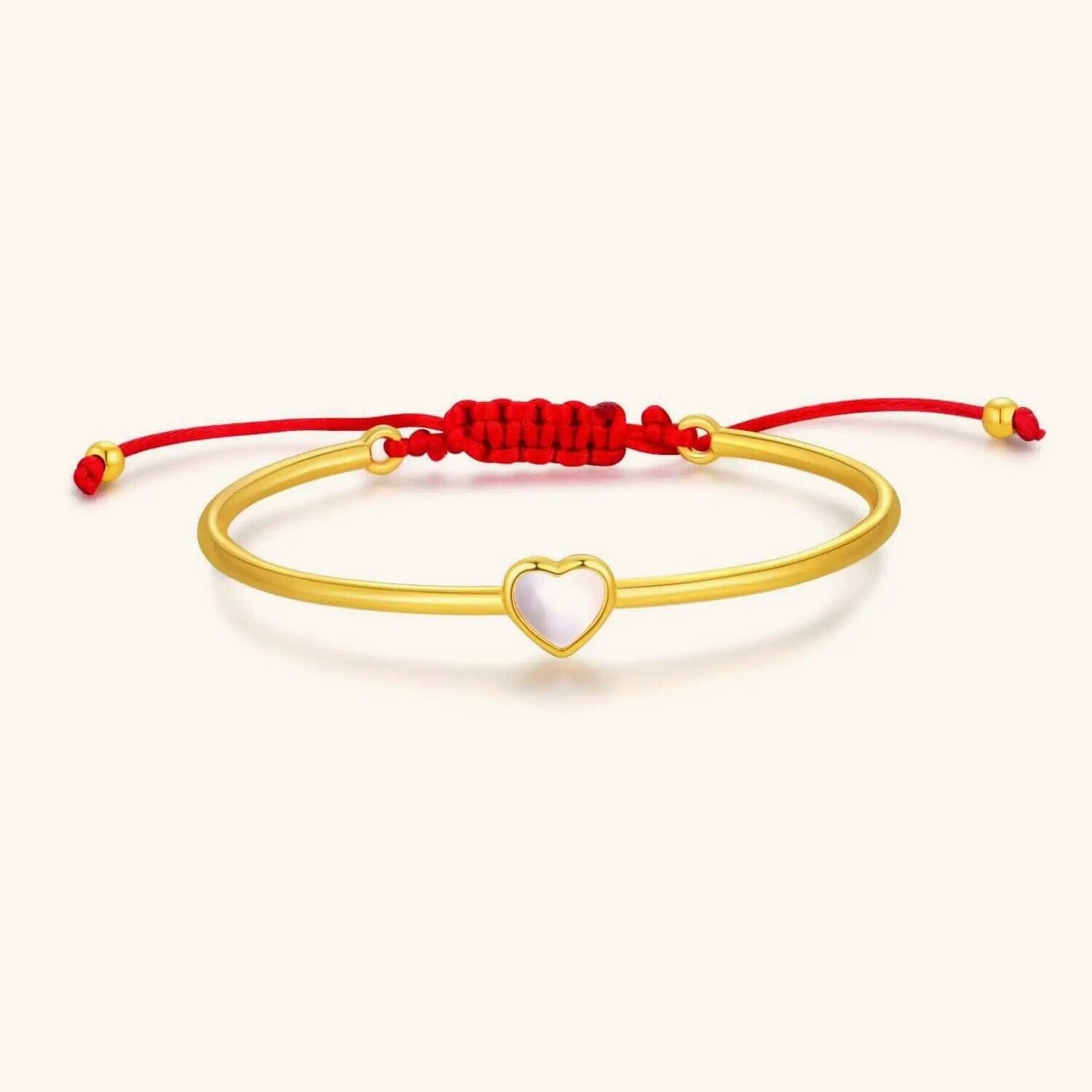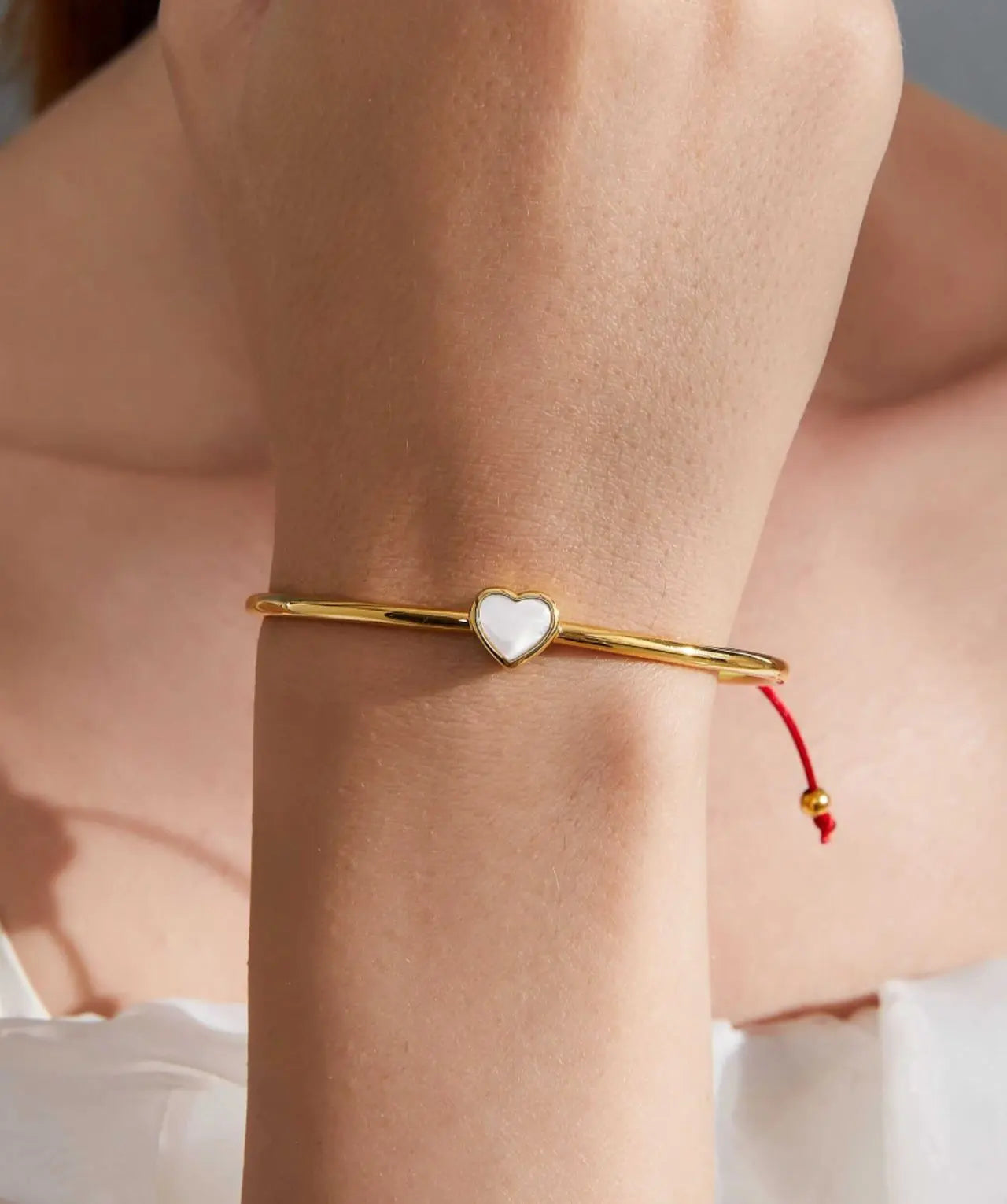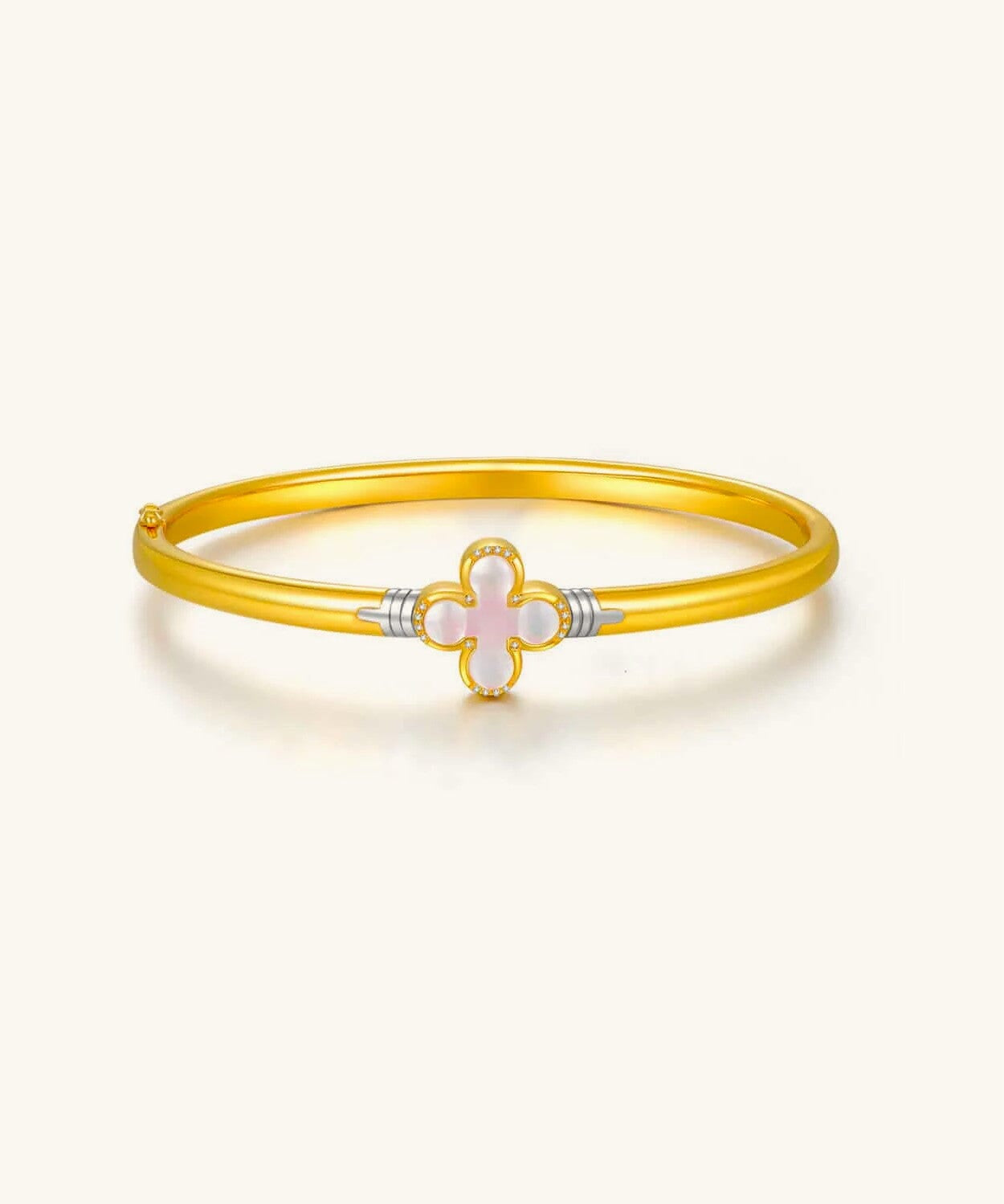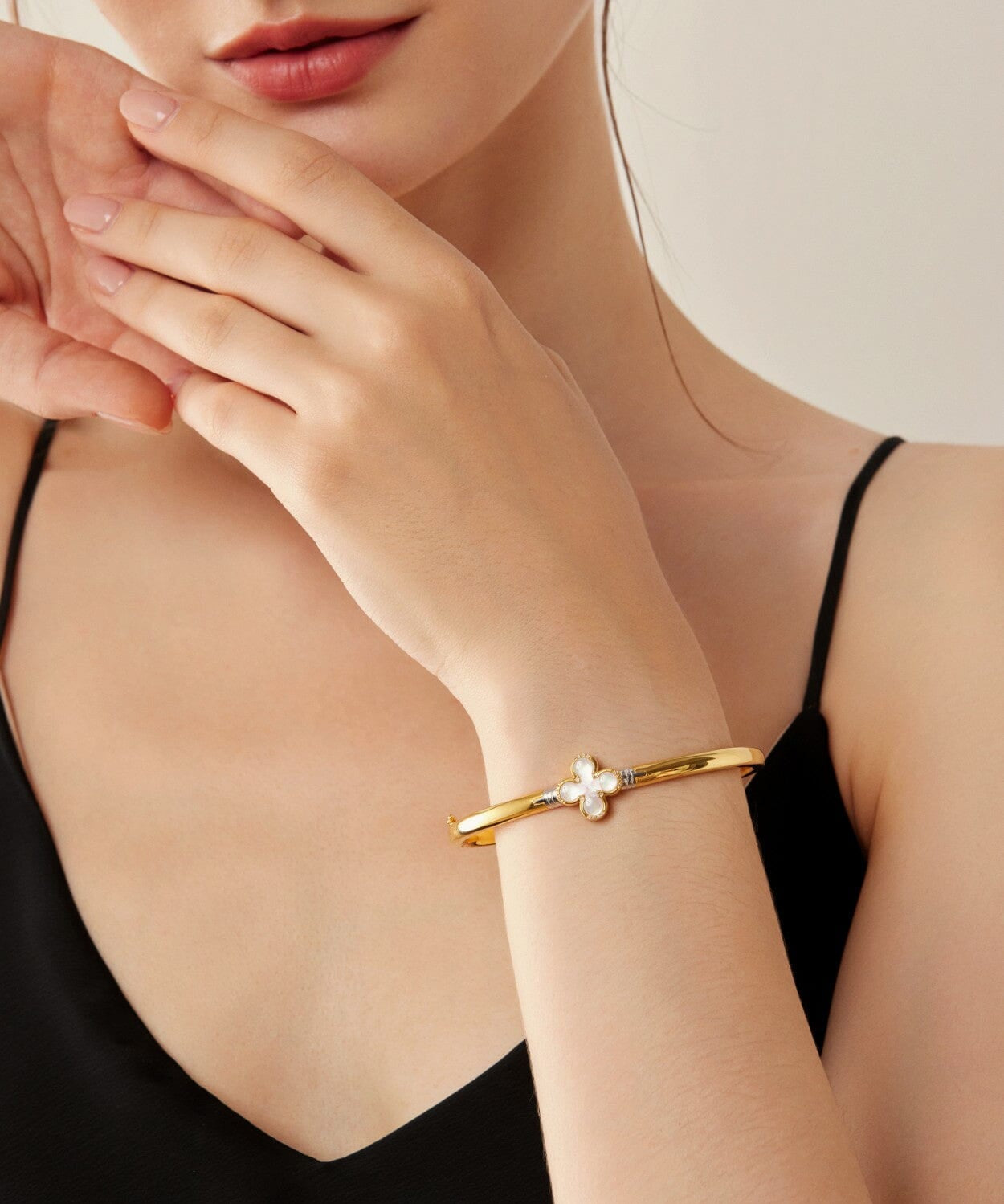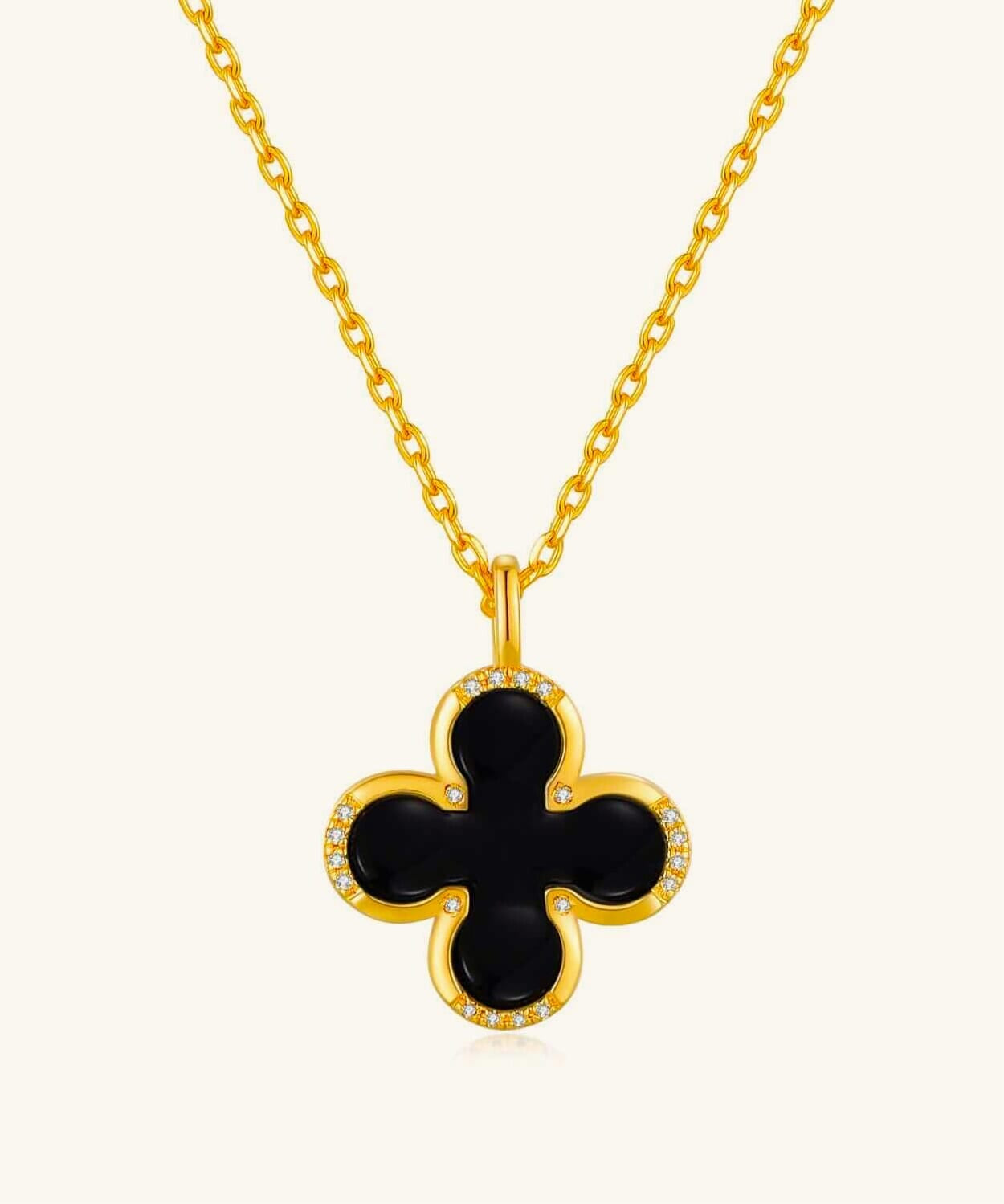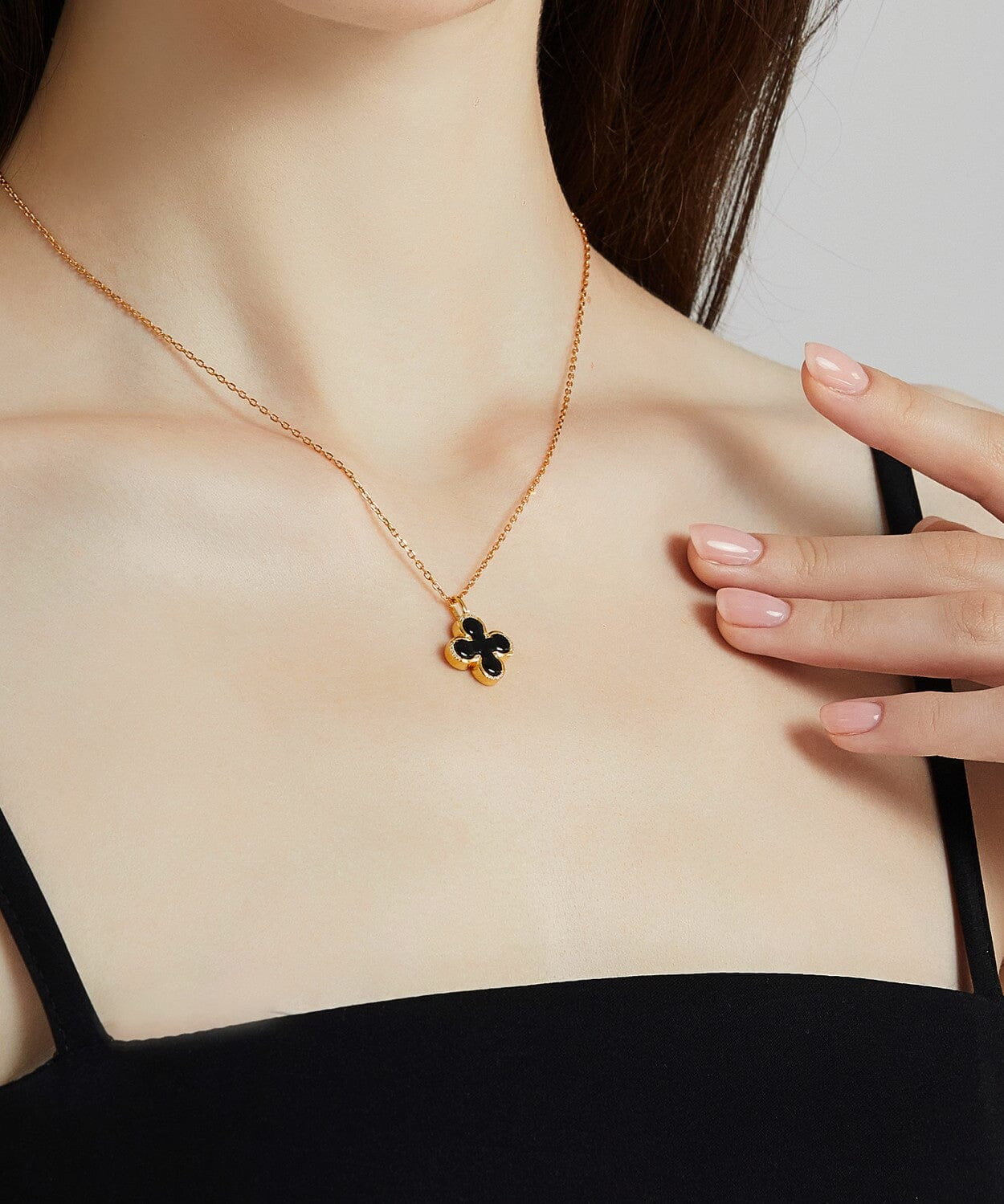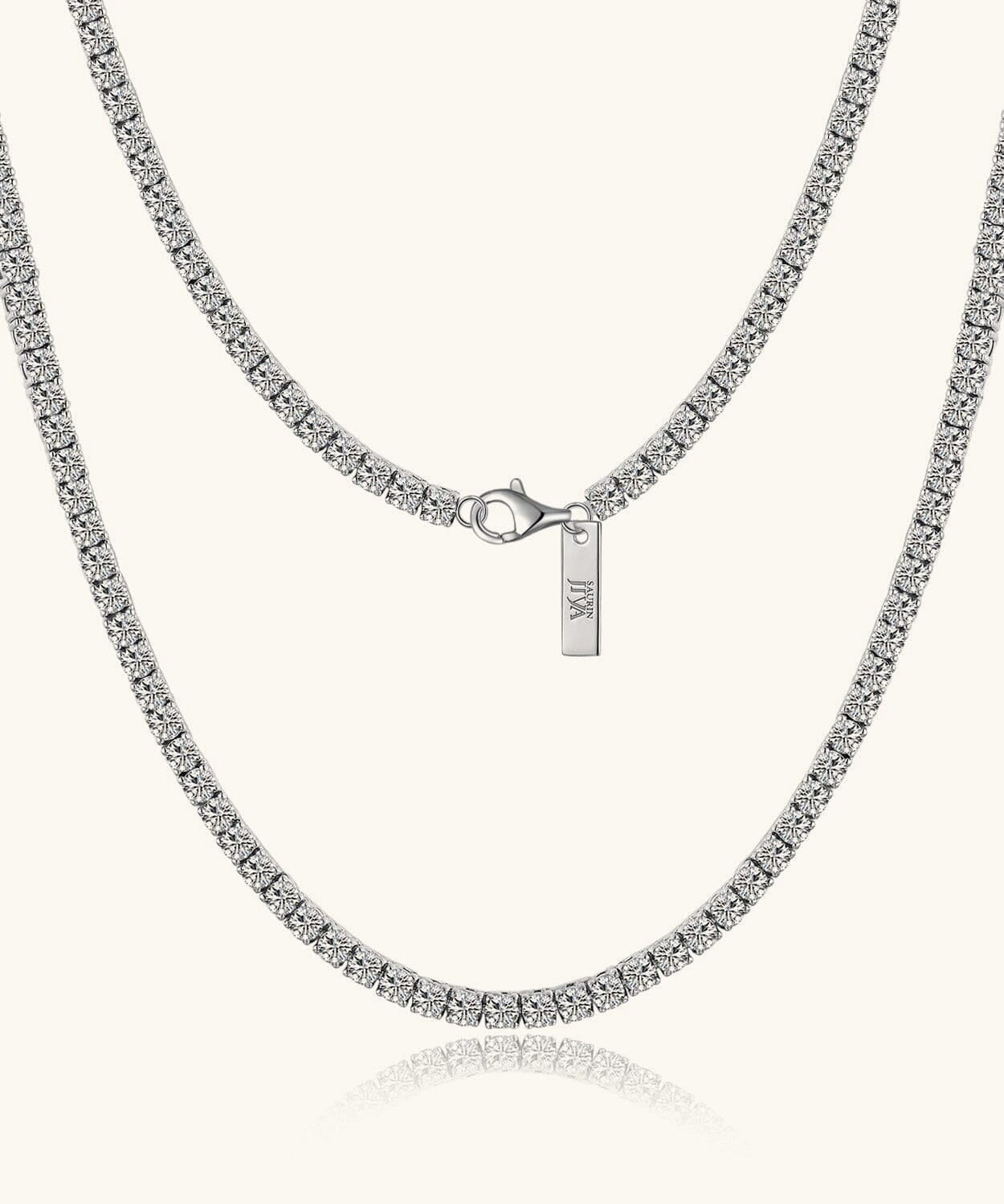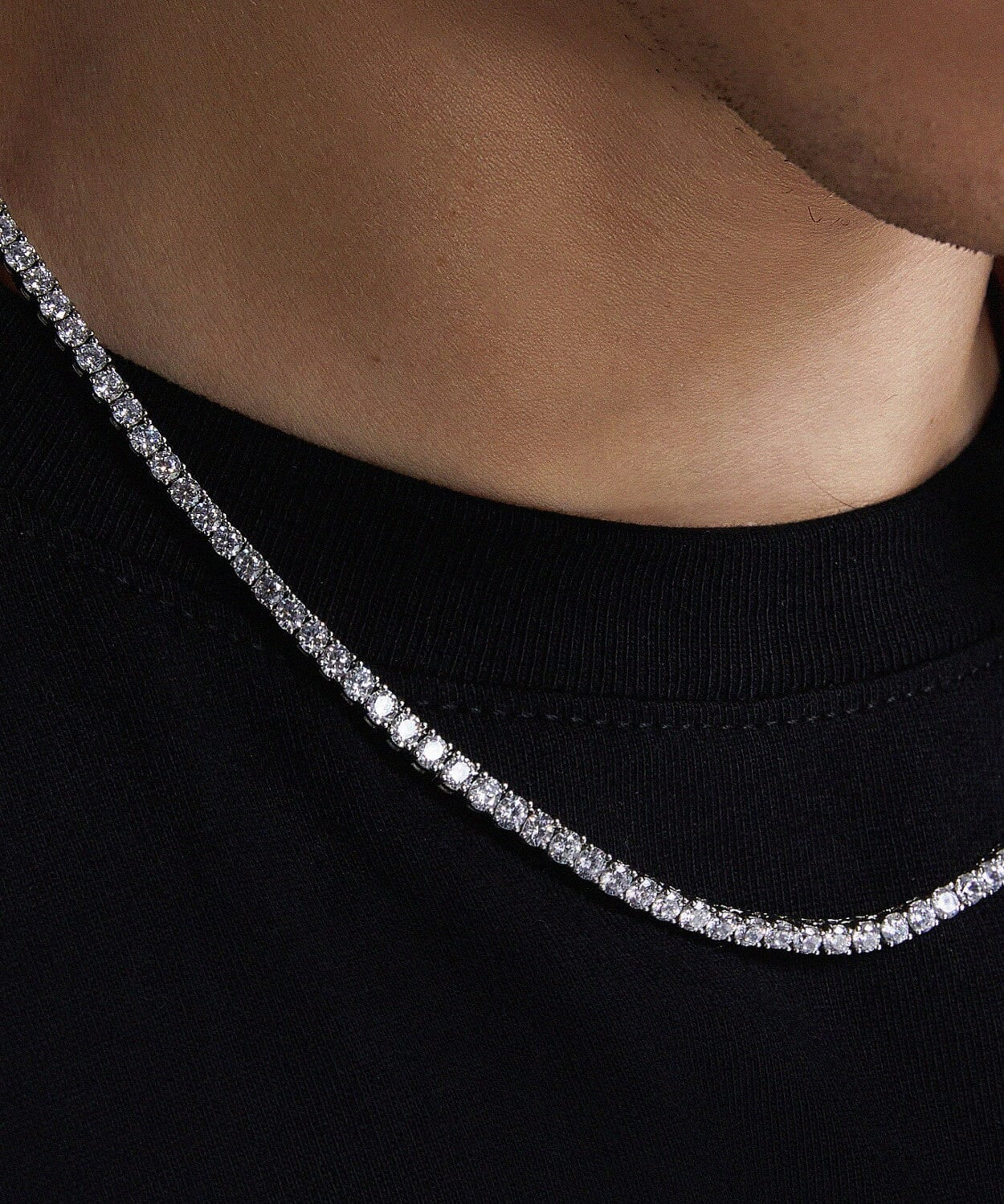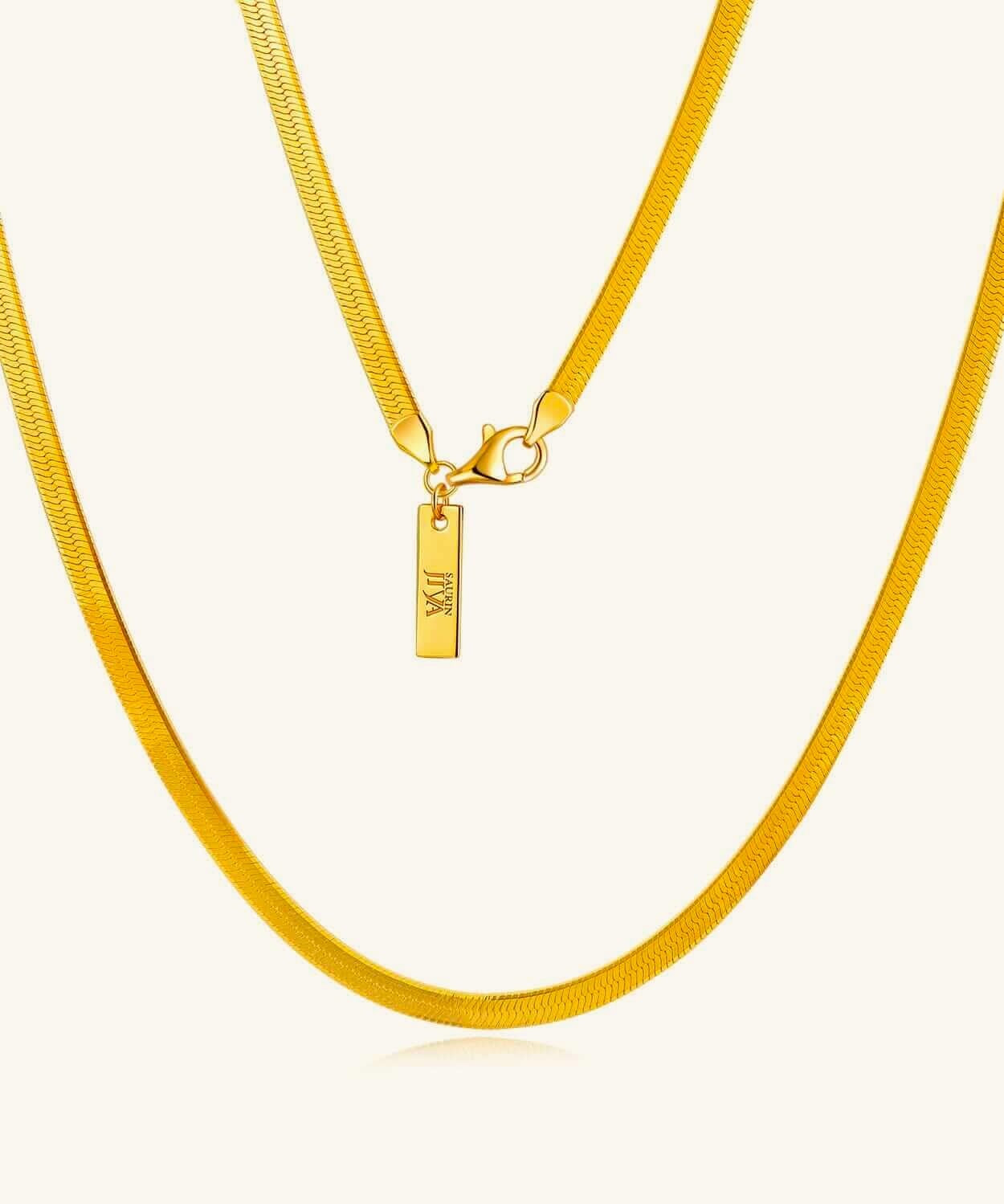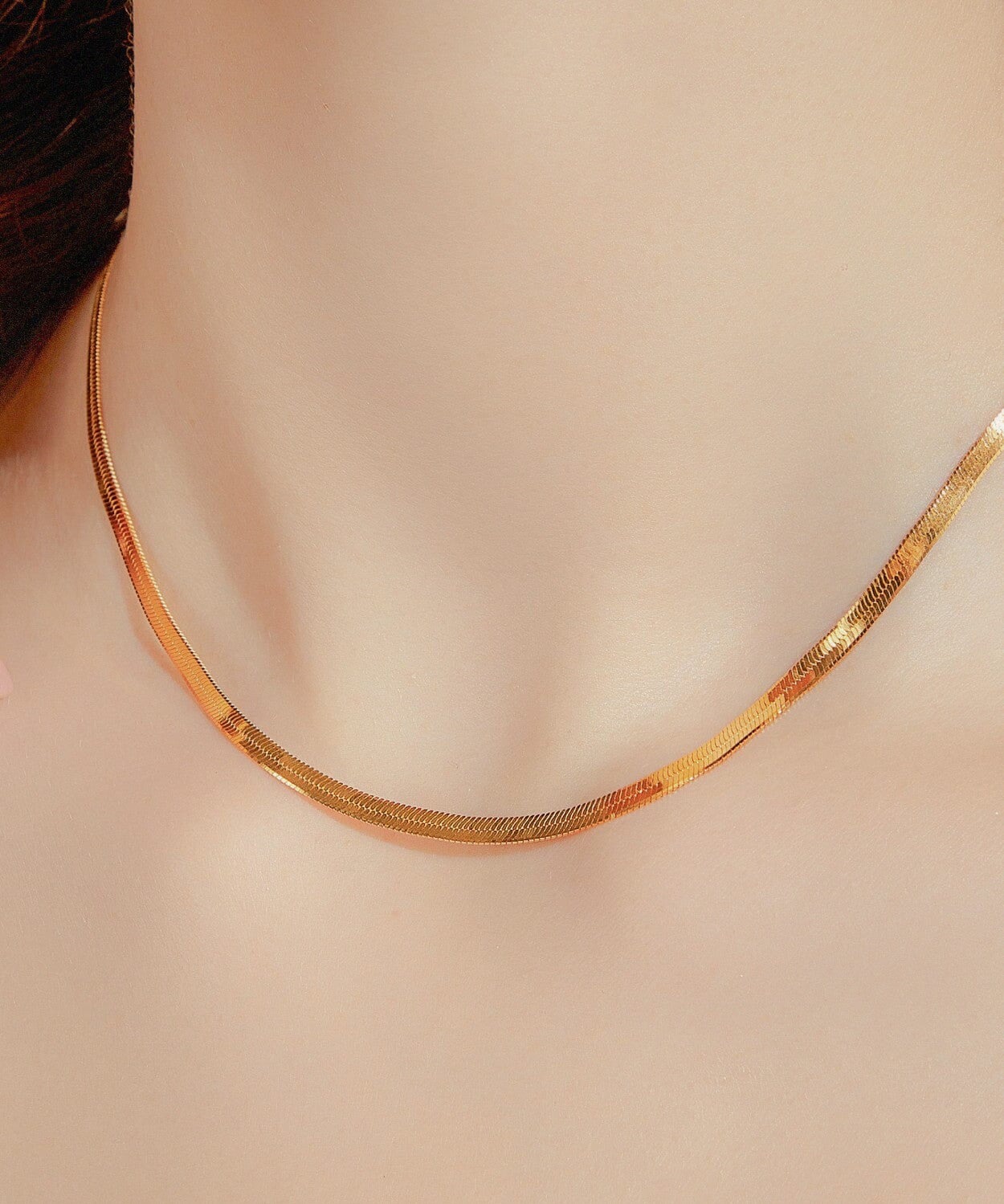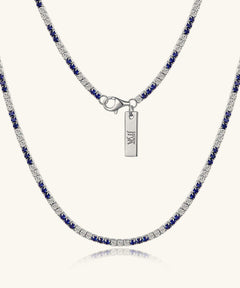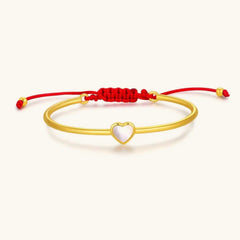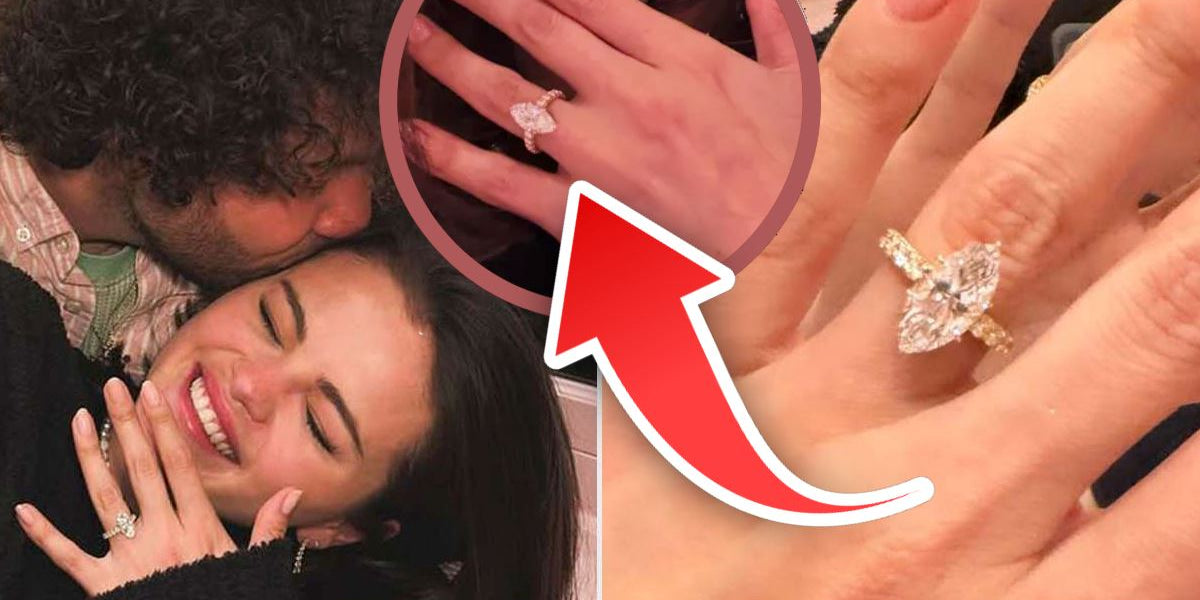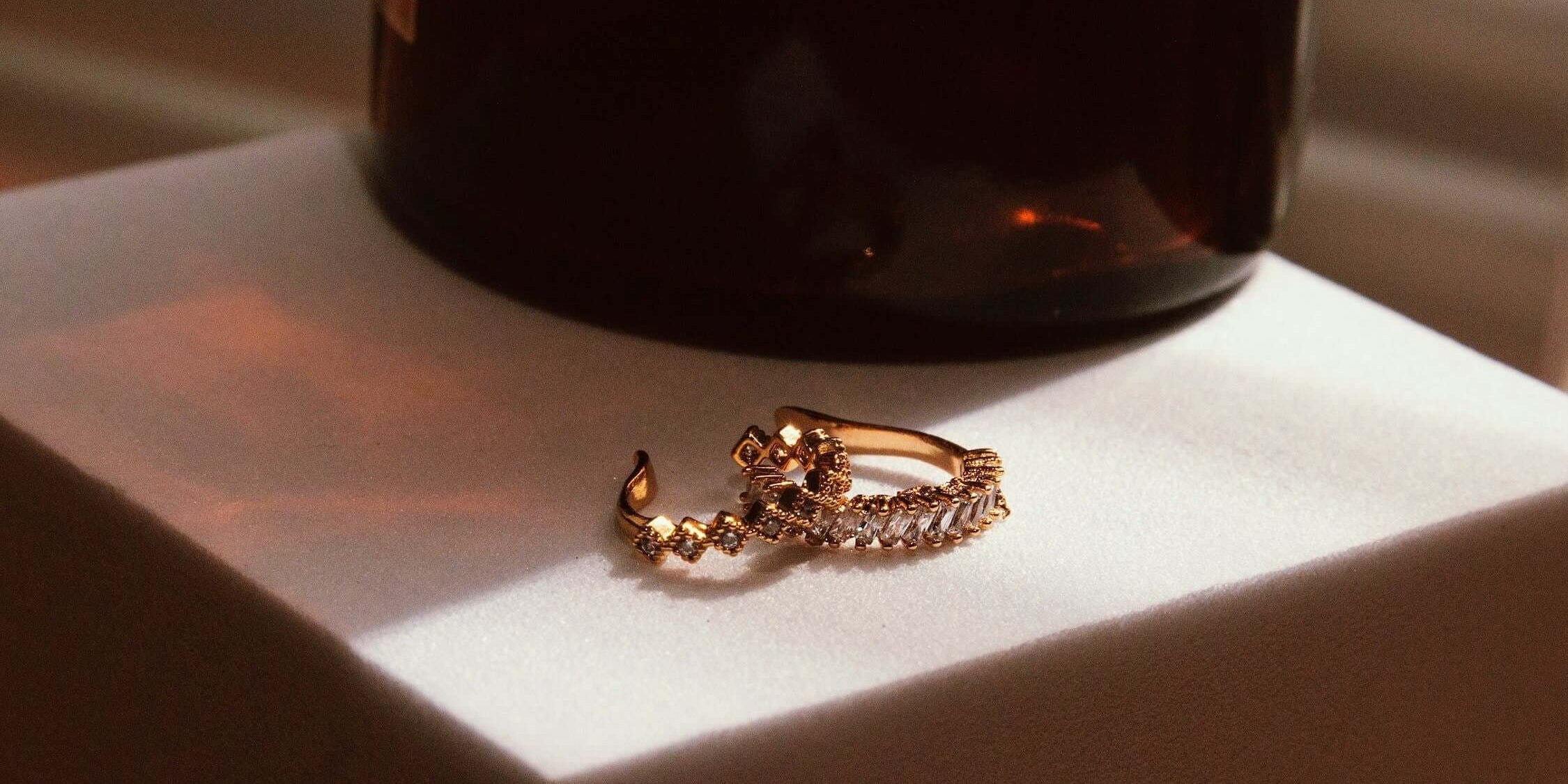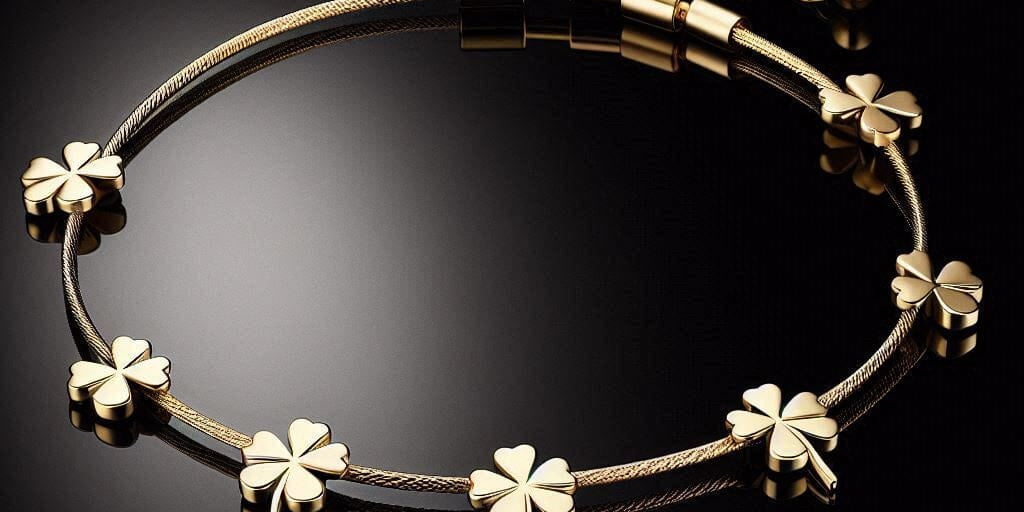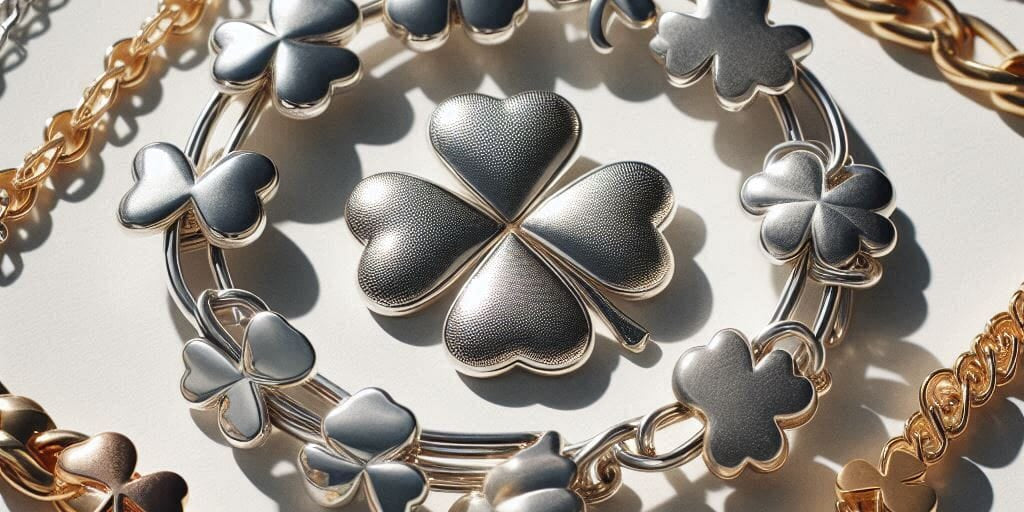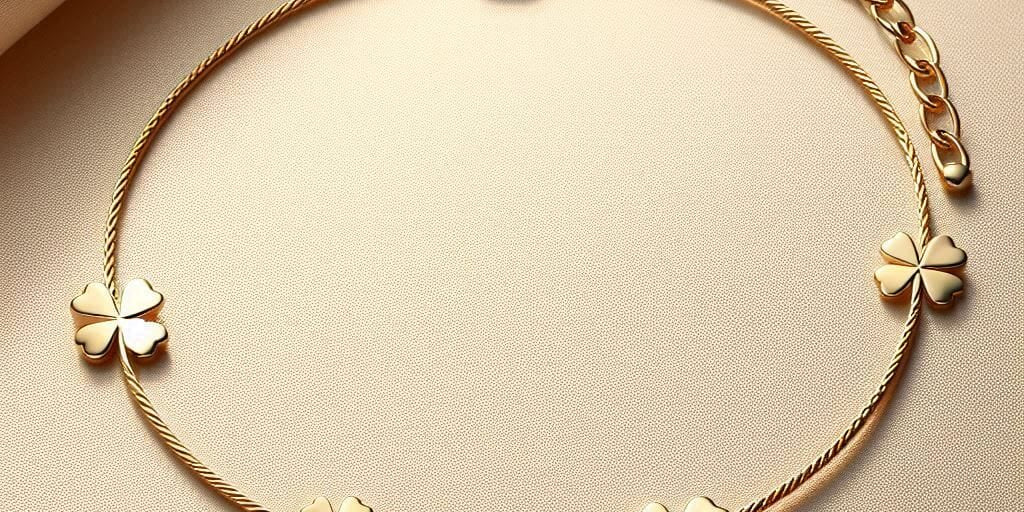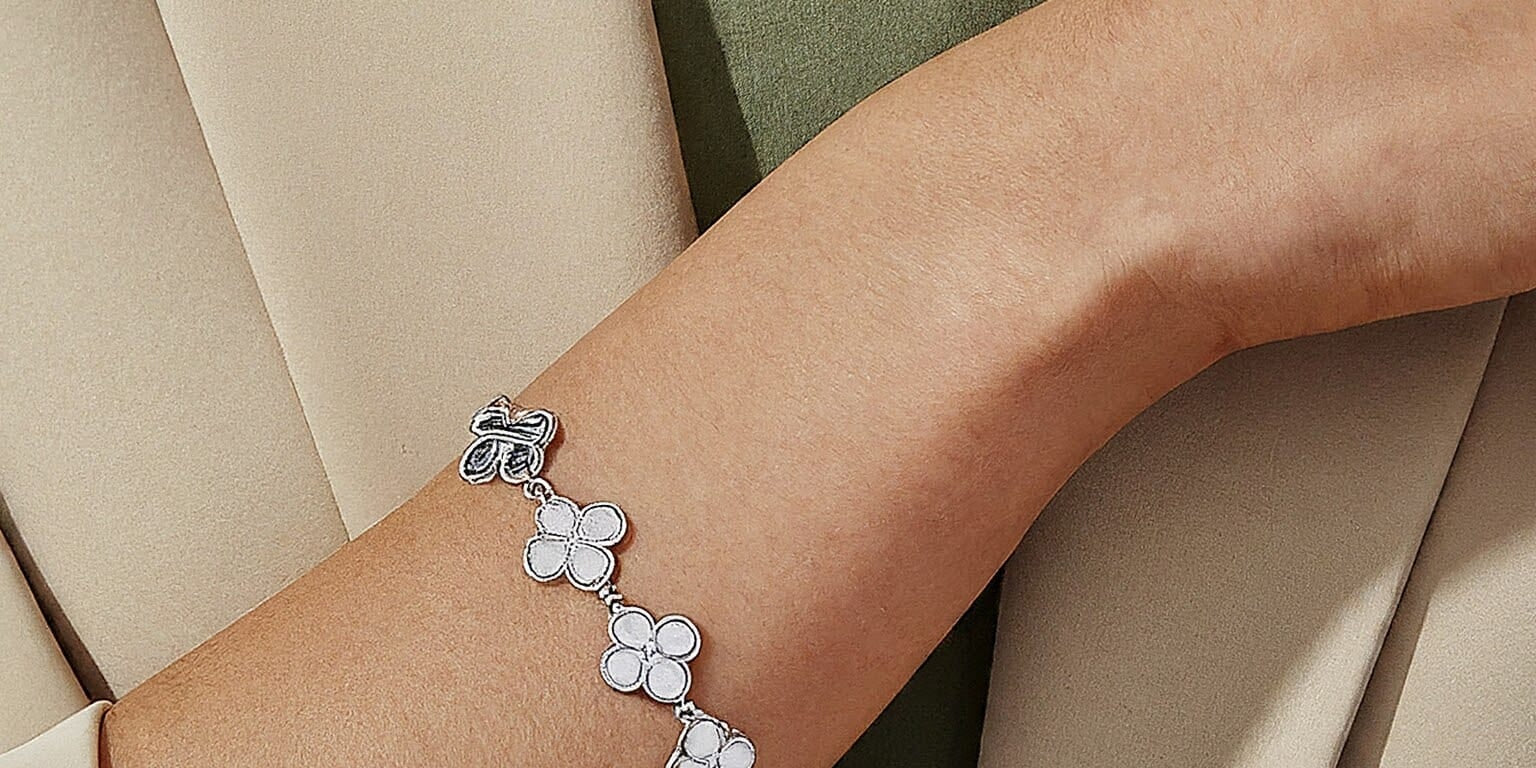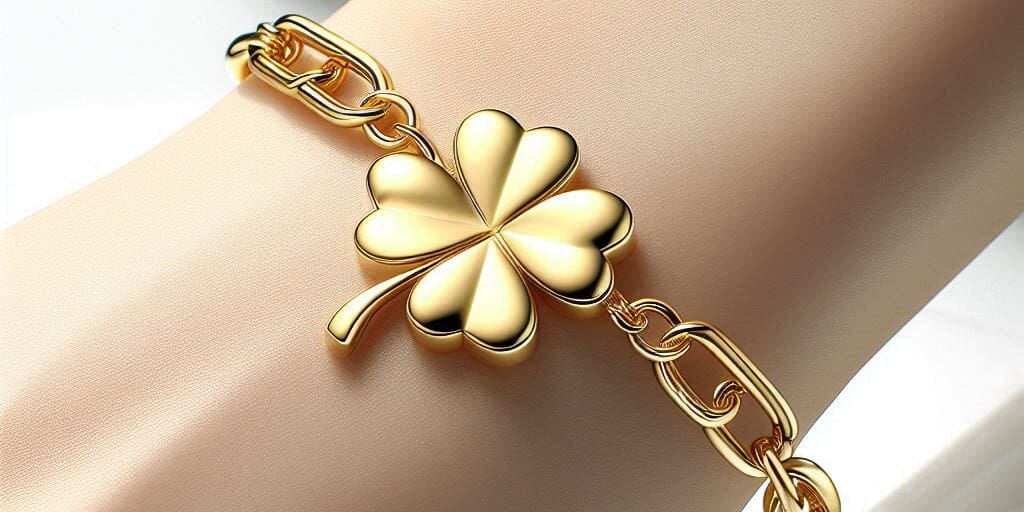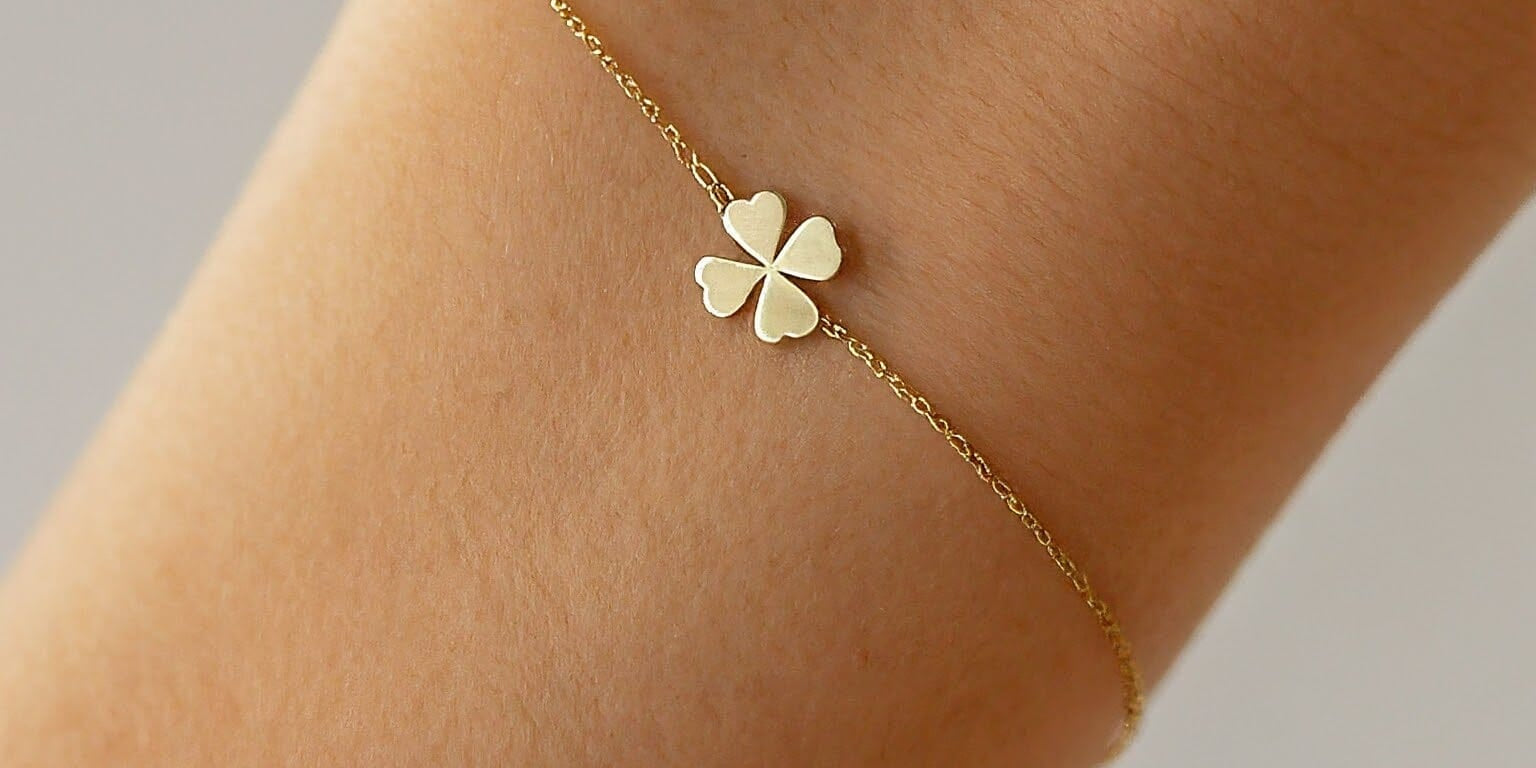When buying jewelry, you may wonder about the durability and maintenance of different metals, particularly white gold. White gold is a popular choice for its silvery sheen and elegance. Unlike silver or brass, white gold does not tarnish in the traditional sense, which refers to the metal oxidizing and changing color. White gold's resistance to tarnish is due to its composition, which is typically an alloy of gold mixed with metals such as palladium or nickel to give it strength and its distinctive white hue.
However, the gleaming appearance of white gold jewelry is often enhanced by a rhodium plating. This plating gives white gold its reflective white finish but can wear away over time, revealing the original, slightly yellower color of the white gold alloy beneath. The wear time for rhodium plating varies based on the thickness of the plating, the type of wear the jewelry is exposed to, and individual body chemistry.
To maintain the pristine look of your white gold jewelry, it may require periodic re-plating with rhodium. This routine maintenance ensures that your white gold pieces retain their bright, white appearance and prevents the underlying gold color from affecting the overall look of the jewelry. Proper care and occasional professional servicing can keep your white gold jewelry looking as brilliant as the day you purchased it.
Understanding White Gold
When you hear about white gold, you're encountering an elegant and durable metal alloy renowned for its silvery sheen. It's essential to grasp its composition, its relationship with the platinum family, and how it compares to its relatives—yellow and rose gold—to fully appreciate its value and applications.
Composition and Alloys
White gold is an amalgam made primarily of gold and one or more white metals such as nickel, silver, palladium, or zinc. The appeal of white gold hinges on its karat rating, which signifies the proportion of actual gold to other metals. 14K white gold contains 58.3% gold (14 out of 24 parts) while 18K white gold has a higher purity at 75% gold. The remaining percentage consists of the white metals that lend white gold its color and added durability.
|
Karat |
Gold Purity |
Other Metals |
|
10K |
41.7% |
58.3% |
|
14K |
58.3% |
41.7% |
|
18K |
75% |
25% |
White Gold and the Platinum Family
While white gold shares its color palette with platinum, they differ significantly. Platinum is a denser, naturally white metal and is often purer in jewelry compared to white gold. White gold is typically more affordable and lighter in weight compared to platinum which is considered more luxurious and heavy. A common practice to enhance the white appearance of white gold is rhodium plating, a process that involves coating the jewelry with a layer of rhodium—a member of the platinum family.
Comparison to Yellow and Rose Gold
| Property | White Gold | Yellow Gold | Rose Gold |
|---|---|---|---|
| ⚪️ Color | White or silvery-white | Yellow | Rose |
| 🌞 Suitability | For individuals preferring a modern, sleek look | Classic and traditional appearance | Warm and romantic feel |
| 💰 Cost | Can be more expensive due to rhodium plating | More affordable compared to white gold | Usually similar to yellow gold |
| 🔨 Durability | Durable with rhodium plating | Durable and resilient | Durable, but may require periodic maintenance |
By contrast, yellow gold is the purest color of gold, composed of gold mixed with metals like copper and zinc that maintain its warm hue. The higher the carat, the purer and more yellow the gold appears. Rose gold is a result of blending gold with a higher proportion of copper, giving it a pinkish tone. White gold stands apart with its silver-like appearance, a result of the white metals alloyed with gold. It’s a stylish alternative for those preferring a silvery aesthetic but with the intrinsic value and weight of gold.
|
Color |
Alloy Composition |
|
Gold with copper, zinc |
|
|
Rose Gold |
Gold with higher proportion of copper |
|
White Gold |
Gold with nickel/silver/palladium/zinc |
Tarnishing of White Gold

Prolonged Wear
Continuous wearing leads to contact with oils, lotions, and sweat, contributing to tarnish.
Exposure to Moisture
Moisture from water, humidity, or moisture-containing substances accelerates tarnishing.
Abrasive Substances
Interaction with abrasive substances like cleaning agents or chemicals can cause scratches and tarnish.
White gold is known for its durability and beauty, but like all precious metals, it can experience tarnishing and discoloration. Understanding the causes and preventative measures can help maintain your jewelry's lustrous appearance.
Causes of Tarnishing
Tarnishing occurs due to a chemical reaction on the surface of your jewelry. Factors contributing to tarnishing include:
- Exposure to Chemicals: Common household chemicals, like chlorine and cleaning agents, can cause tarnishing.
- Body Oil and Sweat: Natural oils from your skin, as well as sweat, can accumulate on the surface, leading to tarnishing over time.
- Humidity and Air Pollution: Prolonged exposure to high humidity and pollutants in the air accelerates the oxidation process, which can cause tarnishing.
- The Alloy's Composition: White gold is mixed with other alloys that may be more prone to oxidation, potentially leading to discoloration.
The Role of Rhodium Plating
- Preventative Barrier: Rhodium plating acts as a barrier that shields the white gold from the surrounding environment. This plating is what gives white gold its distinct bright and shiny appearance.
- Re-plating: Over time, rhodium plating can wear off, revealing the true color of the white gold beneath. Regular re-plating is necessary to restore the item's whiteness and protect it against tarnishing.
Signs of Tarnishing and Discoloration
Be aware of changes in your white gold jewelry such as:
- Yellowing: This indicates that the rhodium plating is wearing off, exposing the true color of the white gold.
- Dullness: A loss of shine or luster is often a sign that tarnishing is occurring.
- Dark Spots: These are usually a clear indication of tarnish, particularly in areas that come into regular contact with skin or harsh substances.
Durability and Maintenance

White gold jewelry is cherished for its radiant finish and durability when it comes to wear and tear. However, it does require maintenance, including periodic re-plating, to preserve its lustrous appearance over time.
Wear and Tear on White Gold
Like all precious metals, white gold undergoes wear and tear from daily use. Scratches and scuffs can appear over time, diminishing its shine. White gold is often mixed with other metals to enhance its strength; nevertheless, 14K white gold is widely chosen for a balance between durability and purity. It's important to be aware that contact with abrasive surfaces or exposure to harsh chemicals can accelerate wear and tear, and impact the jewelry's lifespan.
Proper Care of White Gold Jewelry
To maintain your white gold jewelry's splendor, gentle and regular cleaning is essential. Use a solution of mild dish soap and warm water to clean your jewelry, then gently scrub with a soft-bristled brush. It's also recommended to storage your pieces in a soft cloth to prevent scratches. Additionally, avoiding exposure to chemicals such as chlorine and cleaning agents can prevent the breakdown of the metal.
Re-plating and Long-term Preservation
White gold is often rhodium-plated to achieve a reflective white surface. Over time, this plating can wear off, revealing the yellow tint of the gold alloy beneath. Re-plating every few years is a customary practice to restore its original appearance. Additionally, taking your white gold jewelry to a professional jeweler for polishes and inspections can enhance its longevity and ensure that it remains a part of your fine jewelry collection for years to come.
White Gold in Jewelry

When you select jewelry, white gold stands out as a sophisticated choice, known for its alluring shine and premium appearance that blends the best qualities of gold with a modern aesthetic.
Popular White Gold Jewelry Items
White gold is often used in a variety of jewelry items, with certain pieces being more prevalent:
- Engagement Rings: A symbol of commitment, engagement rings crafted in white gold are valued for their elegance and durability.
- Wedding Rings: For your wedding bands, white gold offers a timeless look that complements both classic and contemporary styles.
- Earrings and Necklaces: These pieces frequently feature white gold due to its versatility and ability to enhance diamond and gemstone settings.
- Bracelets: White gold bracelets offer a chic and sturdy option for everyday wear or special occasions.
Choosing white gold jewelry not only adds a touch of class to your collection but also delivers a combination of quality and value.
Selecting White Gold for Engagement and Wedding Rings
If you're in the market for an engagement ring or wedding band, white gold is an attractive choice:
- Quality: White gold engagement rings are prized for their high-quality appearance, often compared to platinum but at a more accessible price point.
- Hypoallergenic Options: If you have sensitive skin, look for higher karat white gold alloys, as they are less likely to contain metals that might cause an allergic reaction.
- Investment and Value: Opting for a white gold setting can be a wise investment. Its popularity ensures your piece retains value and allure over time.
- Gemstone and Diamond Settings: The reflective quality of white gold accentuates the brilliance of diamonds and the vibrancy of various gemstones, making it a highly sought-after material for both engagement and wedding rings.
By choosing white gold, you secure not only a symbol of your love but also a piece of jewelry that maintains its worth and popularity through the years.
Caring for White Gold

To maintain the appearance and longevity of your white gold jewelry, proper care is essential. Employing effective cleaning techniques and taking precautions to prevent damage are key components of white gold upkeep.
Cleaning Techniques
When cleaning white gold, it's crucial to use methods that preserve its luster without causing harm to the metal. Here's a simple step-by-step process:
- Prepare a Solution: Mix a few drops of mild dish soap with warm water.
- Soak the Jewelry: Allow your white gold items to soak for 20-30 minutes.
- Gentle Scrubbing: Use a soft-bristled brush to gently remove any lingering dirt. Be cautious not to scratch the metal.
- Rinse Thoroughly: Rinse your jewelry in warm water to remove any soapy residue.
- Dry Properly: Pat dry with a lint-free cloth and let it air dry completely before storing or wearing.
Preventing Damage and Scratches
| Preventive Measures | Explanation |
|---|---|
| 🧤Handle with Care | Handle white gold jewelry gently to avoid scratches and dents. |
| 💧Avoid Contact with Water | Remove white gold jewelry before swimming or showering to prevent damage from moisture. |
| 🧼Clean Properly | Use a soft cloth and mild soap solution to clean white gold jewelry regularly. |
| 🔒Store Carefully | Store white gold jewelry in separate compartments or pouches to prevent scratches from other items. |
| 🔍Regular Inspections | Periodically inspect white gold jewelry for loose stones or signs of damage, and get them repaired promptly. |
White gold is valued for its appearance but can be vulnerable to scratches and damage. To ensure the integrity of your jewelry's surface:
- Handle With Care: Always remove your white gold jewelry before engaging in activities that could scratch the metal, such as exercising or household chores.
- Avoid Chemicals: Exposure to household chemicals can dull the jewelry. Apply cosmetics and perfumes prior to wearing your jewelry to minimize contact.
- Proper Storage: Store each piece separately to avoid scratches. Soft pouches or lined jewelry boxes are recommended.
By consistently applying these care tips, you can help ensure that your white gold jewelry maintains its beauty for years to come.
Factors Influencing the Appearance and Integrity of White Gold

When it comes to the resilience of your white gold jewelry, it's vital to understand how daily interactions and the environment can affect its luster and structural integrity.
The Impact of Everyday Activities
Your routine actions can significantly impact the appearance of your white gold jewelry. Frequent contact with chemicals found in perfumes, soaps, and cleaning products can hasten the tarnishing process. This is especially true when considering the purity of the gold:
- 10K (41.7% gold): Most affordable, yet more prone to degradation due to higher alloy content.
- 14K (58.3% gold): Balances durability with budget-friendly pricing, often considered the most practical option.
- 18K (75% gold): Offers a richer gold color and less susceptibility to tarnish but comes at a higher cost.
Activities like swimming or showering can expose white gold to chlorine and other chemicals, which may also lead to a chemical reaction affecting the outer layer. Copper content, present in many gold alloys, can react with the elements and contribute to surface changes in your jewelry. To mitigate these effects, you might consider removing your jewelry before engaging in activities that would expose it to harsh chemicals.
Environmental Effects on White Gold
The environment you're in plays a role in the endurance of white gold. External variables such as humidity and pollution may prompt reactions on the metal surface. Here are a few factors to consider:
- Humidity and Sweat: Promote oxidation processes that can dull the jewelry's sheen.
- Pollution: Urban environments with higher pollution levels can increase the risk of your white gold developing a tarnished aspect.
While natural gold doesn't tarnish due to its low reactivity, the alloy materials in white gold can respond negatively when exposed to these environmental stressors. Maintaining the original brilliance of your white gold jewelry involves acknowledging these risk factors and ideally, taking preventive measures to avoid undue exposure.
Understanding the Value of White Gold
When you're considering white gold jewelry, understanding its market value and affordable alternatives is crucial to making an informed decision. This precious metal is prized not only for its lustrous and beautiful appearance but also for its practical attributes in fine jewelry.
Gold Purity and Market Value
Pure gold, marked as 24k, is too soft for everyday jewelry use. Hence, white gold is an alloy comprised of gold and durable metals like titanium to enhance its strength. The value of white gold largely hinges on its gold purity, typically available in 10k (41.7% gold), 14k (58.3% gold), and 18k (75% gold).
- 10k White Gold: The highest in durability with the lowest gold content, resulting in a more budget-friendly price.
- 14k White Gold: Balances purity and strength, making it a preferred standard for both value and wearability.
- 18k White Gold: Offers a warmer gold color and higher purity, with less resilience but greater intrinsic value.
Choosing White Gold for Budget-Friendly Options
White gold is an affordable alternative to pricier metals while still offering a beautiful and lustrous quality. Its value is derived from the gold content as well as the craftsmanship and design of the jewelry. For budget-conscious choices:
- Affordability: White gold is less expensive than platinum but maintains a similar appearance.
- Appearance: Your white gold piece maintains its lustrous quality through a rhodium plating, which may require occasional maintenance to keep its shine and color.
- Durability: The alloying with metals like titanium ensures wearability without the risk of rusting.
In selecting white gold, you balance beauty with practicality, creating a harmonious blend of affordability and elegance.
Frequently Asked Questions
In addressing concerns about white gold jewelry, it's important to understand the nature of tarnish, its interaction with various elements, and preventive measures to keep your white gold shining.
How can you identify tarnish on white gold?
Tarnish on white gold typically appears as a slight discoloration or loss of luster. You might notice a yellowish tint starting to develop, which is due to the underlying alloy metals reacting over time.
Can white gold become tarnished from contact with water?
Yes, white gold can become tarnished from contact with water, especially if the water contains chlorine or other harsh chemicals that can corrode the alloy metals within your jewelry.
What is the expected duration before white gold starts to tarnish?
The duration before tarnishing can vary widely depending on the purity of the gold, your skin's pH, and exposure to chemicals. Generally, white gold can start showing signs of tarnish over a period of years with regular wear.
Is 18k white gold resistant to tarnishing?
18k white gold is more resistant to tarnish due to its higher gold content, but it is not completely immune. The other metals in the alloy can still react with environmental factors to cause discoloration over time.
Does 14kt white gold develop tarnish over time?
14kt white gold contains more alloy metals than 18kt, making it more prone to tarnish. However, with proper care and maintenance, you can mitigate tarnishing and keep your 14kt white gold jewelry looking its best.
How can tarnishing of white gold be prevented?
To prevent tarnishing, keep your white gold jewelry clean and dry, avoid exposing it to harsh chemicals, and store it in a cool, dark place when not in use. Regular cleaning with a soft cloth and proper storage will help maintain its appearance.
